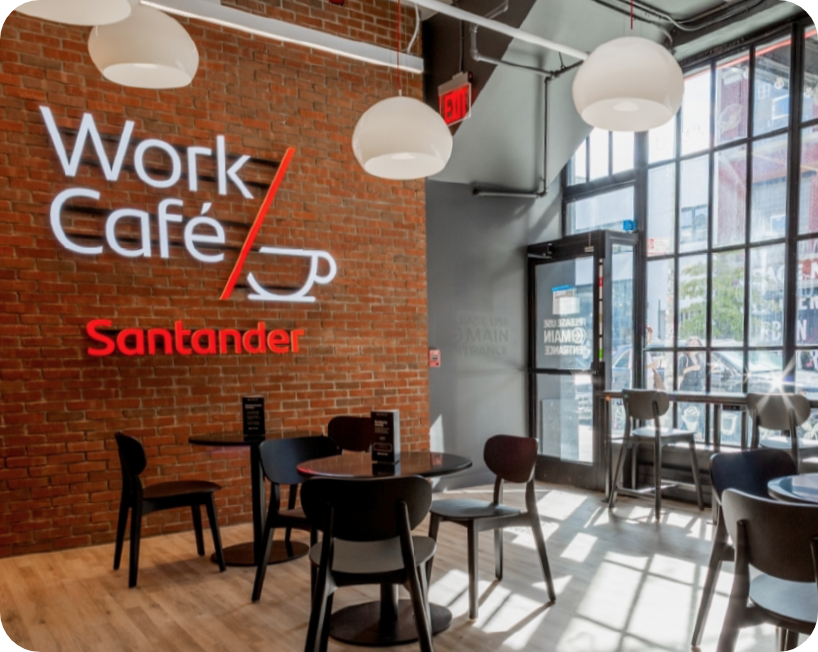Should banks give up on their branch network? If you look at the numbers, it appears that is exactly what’s happening at certain retail banks.
In 2024, we will see further closures from banks like PNC, where 19 branches will close their doors by February. Other US banks are following suit, with 34 closures at Huntington Bank by the end of March, alongside other smaller institutions with similar plans.
Trends like these have been going on for years as customers become more used to online banking or mobile banking, with a 20% reduction in bank branches since 2017 including a spike during the pandemic. Yet there is a feeling that bank branches are closing their doors against their will.
Banks like having brick-and-mortar stores that form a part of their local communities. Why is this? Is it just a nostalgia for older practices (or having their logo front and center of everyday life) – or is there a more concrete reason that banks are holding onto their branch locations?
Branch banking customer service
It’s not just banks looking to hold onto outdated practices. Physical locations do still serve a valuable purpose both for the institution and the customer, even with the popularity of mobile apps and online banking. Although customers are going to bank branches less, they still value having a physical space to go to.
As a recent Forbes article says, “Face-to-face interaction plays an important role in the banking relationship. Despite the cost savings that came with replacing physical banking channels with digital platforms, banks sacrificed building customer relationships in the process.”
Customer surveys confirm:
72% intend to use their local branch
at the same rate as last year.
We are beginning to see this in customer habits as well. In the last two years, bank branch closures, while still happening, are beginning to ease as the effects of COVID lift. Customer surveys back this up as 72% of respondents claimed that they will use their local branch at the same rate that they did the previous year. Of those, 38% even describe bank branches as essential.
Branches are still valuable
And this transfers to hard numbers. An Insider Intelligence article found that banks with fewer branches are subject to increased deposit outflows and have poor stock performance when compared to banks with higher branch density.
The reason for this is because digital banking relationships, while more convenient and cost-effective, are simply transactional and perform poorly on emotion, which is a key factor in increasing loyalty.
Despite their value – branches must transform
Yes, branches are still useful both to institutions and to customers. But there is no getting away from the fact that they are not viable in their current format. Banking customers are still the branch location closest to them less than they once did. What’s more, maintaining traditional bank branches, with their associated costs, is unlikely to be sustainable long term.
To maintain their key positions at the heart of local communities, bank branches must optimize their networks and embrace new approaches. For them to be successful, they need to cover three main bases:
They must be cost-effective
Traditional branch models do not come cheap. According to most sources, the average branch costs between 1.5 million and 2 million US dollars to set up, without counting the cost of land. Then, ongoing costs can range from 200,000 dollars to 400,000 dollars – with some estimates as high as 400,500 dollars in high cost of living areas like New York.
These costs are simply unfeasible given the sharp fall in actual customers. For banks to optimize or expand their branch network, there has to be a new approach that reduces both the setup fees and the ongoing expenses.
Initial setup costs
Valiant Bank, for example, decided to take a modular approach to new bank branches. As a mid-sized bank based in Switzerland, they used to spend CHF 3,000,000–4,000,000 to set up a new operation. This amounts to around 3,500,000–4,600,000 US dollars approximately, which is above average for US branches.
However, by taking a modular approach based on a retail store setup, they were able to reduce the costs of new branches, achieving an average of CHF 500,000–900,000 or around 600,000–1,000,000 US dollars.

Ongoing expenses
The startup costs alone aren’t enough to ensure profitability, however. The next step that Valiant Bank took was to blend digital and physical experiences – a characteristic of all branches of the future.
This not only allows them to save on space (contributing to the lower startup costs), but also makes it possible for agents to serve customers virtually. In fact, they managed to achieve one agent per five or six physical bank branches. For Valiant, this represents a saving of around CHF 600,000 a year in salaries.
They must be profitable
With setup and ongoing costs under control, there is greater likelihood for branches to be profitable. Some of this comes from the general operating practices that are made possible by the hybrid branch setup.
Longer business days and service working hours
For example, before their hybrid branch initiative, Valiant branches had just a three-hour business day in some regions. This meant that even customers who wanted to use the service had a small window of opportunity to do so. With the more cost-effective setup, however, they were able to manage 10 hours a day of availability.
Driving network expansion
However, most of the profitability came from the ability to expand their branch network. Valiant, instead of simply minimizing closures, have found a way to actually bring their service to new areas. As a result, 50% of their revenue comes from the expanded regions.
They must provide new customer services
Simple transactional operations aren’t enough to prop up bank branches, no matter how cost-effective they are to run. The fact is that people rarely use them for simple debit card withdrawals, transfers, paying their credit card fees, or other transactions that can be carried out via online banking or mobile banking. Yes, these services must be available, but they aren’t enough to maintain viability.
High-level advice
Instead, customers use branches for more high-level or complex issues, such as starting a new business, making retirement plans, or taking out a loan or mortgage. Any situation that requires talking with a real human for reassurance or advice is more popular in an in-person environment.
Being part of the community
Even if customers use branches less, most claim that they like seeing them within their community. Their simple presence transmits trust and gives customers a sense of security.
Of course, the value of this is hard to quantify in real terms and so some banks are getting more inventive. One example of this is Santander Work Café, which opened a new type of branch that focuses heavily on the community aspect.

The idea behind this approach is to provide a space that people want to go to, featuring comfy chairs, co-working environments, and events, alongside traditional bank teller support. The initiative has been a success, with branch volume up 16.6% year-on-year.
The future of bank branch customer service
The quality of customer service at financial institution branches is unrivaled. Branch support needs to live up to these expectations to provide exceptional customer service. Of course, this is something of a balancing act with more challenges than online banking.
Offering long customer service hours is a challenge, particularly when it comes to paying the full-time salary of customer service agents in banks. The fact is, the only way to overcome the real financial barriers and maintain your branch network is to merge digital banking services with in-person environments.
At Unblu, we offer a solution that enhances a branch’s support ability, allowing banks to open convenient locations with remote support that has strong security policies. With Unblu Branch, customers can come with banking questions or advice and receive personalized, remote support.
Want to find out more?





 Interaction Management Hub
Interaction Management Hub Secure Messenger
Secure Messenger Video & Voice
Video & Voice




